
Course2857
Course Introduction:Course introduction: 1. Cross-domain processing, token management, route interception; 2. Real interface debugging, API layer encapsulation; 3. Secondary encapsulation of Echarts and paging components; 4. Vue packaging optimization and answers to common problems.

Course1795
Course Introduction:Apipost is an API R&D collaboration platform that integrates API design, API debugging, API documentation, and automated testing. It supports grpc, http, websocket, socketio, and socketjs type interface debugging, and supports privatized deployment. Before formally learning ApiPost, you must understand some related concepts, development models, and professional terminology. Apipost official website: https://www.apipost.cn
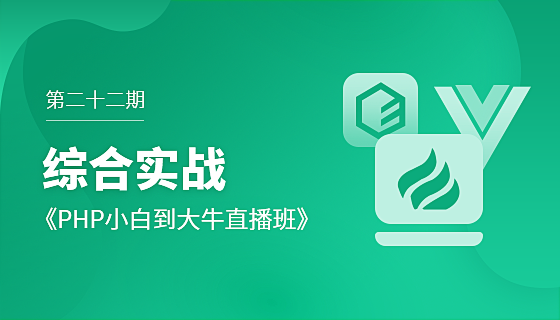
Course5521
Course Introduction:(Consult WeChat: phpcn01) The comprehensive practical course aims to consolidate the learning results of the first two stages, achieve flexible application of front-end and PHP core knowledge points, complete your own projects through practical training, and provide guidance on online implementation. Comprehensive practical key practical courses include: social e-commerce system backend development, product management, payment/order management, customer management, distribution/coupon system design, the entire WeChat/Alipay payment process, Alibaba Cloud/Pagoda operation and maintenance, and project online operation. .....

Course5172
Course Introduction:(Consult WeChat: phpcn01) Starting from scratch, you can solve conventional business logic, operate MySQL with PHP to add, delete, modify, and query, display dynamic website data, master the MVC framework, master the basics of the ThinkPHP6 framework, and learn and flexibly master all knowledge involved in PHP development. point.
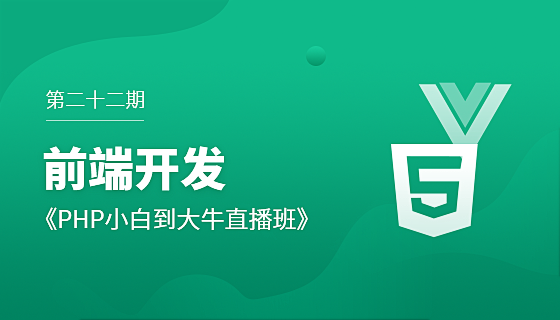
Course8713
Course Introduction:(Consult WeChat: phpcn01) The learning objectives of the front-end development part of the 22nd issue of PHP Chinese website: 1. HTML5/CSS3; 2. JavaScript/ES6; 3. Node basics; 4. Vue3 basics and advanced; 5. Mobile mall/ Website background homepage layout; 6. Automatic calculation of tabs/carousels/shopping carts...
Find the object corresponding to the key value in MySQL JSON: How to implement it
2023-10-30 13:42:27 0 1 331
MySQL Error 150: Troubleshooting foreign key constraints when creating table
2023-10-16 16:59:12 0 1 277
MYSQL group by last value but conditionally
2023-09-14 15:37:56 0 1 168
Is using Alter here an incorrect choice compared to using Cast?
2023-09-13 17:14:57 0 1 290
Implementing an updateable form recordset using stored procedures
2023-09-13 14:06:48 0 1 259
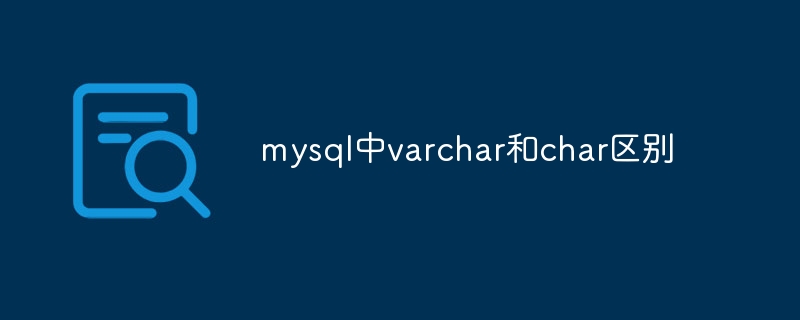
Course Introduction:There are the following differences between the VARCHAR and CHAR data types in MySQL: Storage space: VARCHAR is variable length, CHAR is fixed length. Performance: VARCHAR retrieval and update are faster, CHAR sorting and lookup are faster. Usage scenarios: VARCHAR is suitable for variable-length strings, and CHAR is suitable for fixed-length, padded or aligned strings. Other differences: VARCHAR has a maximum length of 65535, and CHAR has a maximum length of 255; VARCHAR does not allow null values by default, but CHAR does; CHAR is filled with spaces when compared, and VARCHAR is not filled.
2024-05-01 comment 0925
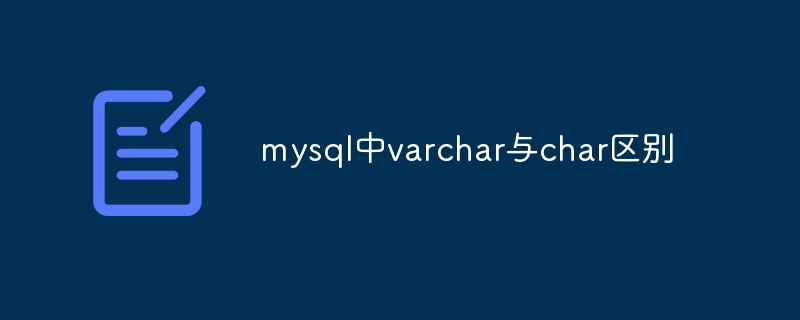
Course Introduction:The difference between VARCHAR and CHAR in MySQL: storage space allocation: VARCHAR is allocated dynamically, saving space; CHAR is allocated fixedly, not saving space. Padding: VARCHAR is not padded, CHAR is padded with spaces. Comparison: VARCHAR compares actual data, CHAR compares fixed length (including spaces). Index: VARCHAR indexes actual data, CHAR indexes fixed length (including spaces). Efficiency: VARCHAR insertion and update are efficient, and CHAR query is efficient. Selection principle: Storage space is important and data length varies greatly, so choose VARCHAR. Comparison sorting exact match, data length is fixed, select CHAR. create index,
2024-04-27 comment 0506
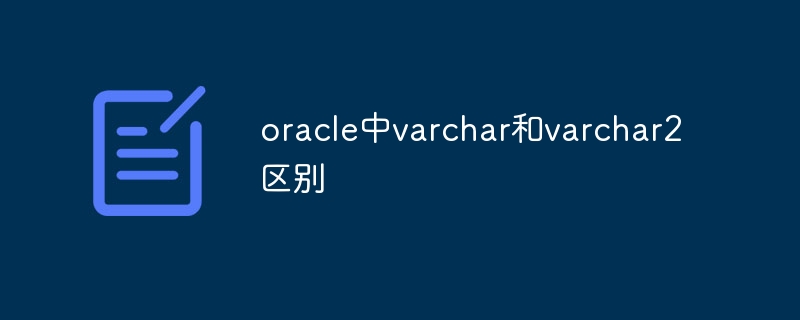
Course Introduction:VARCHAR and VARCHAR2 are both string data types in Oracle. The difference is: 1. VARCHAR allows NULL values, while VARCHAR2 does not; 2. VARCHAR ends with the implicit terminator "\0", while VARCHAR2 ends with the explicit terminator " ''" at the end; 3. VARCHAR storage overhead is small, and VARCHAR2 will additionally check the explicit terminator if it is large; 4. VARCHAR insertion and update efficiency is high, while VARCHAR2 query efficiency is slightly lower. Recommendation: Use VARCHAR if NULL values are allowed or minimal storage overhead is required; NULL values are not allowed or
2024-05-07 comment259
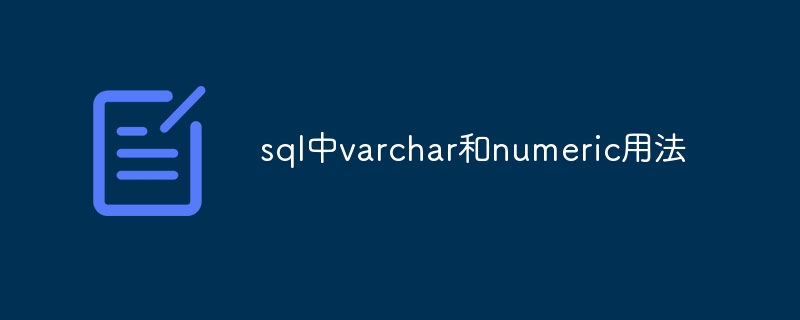
Course Introduction:VARCHAR is used to store variable-length strings (1-8000 characters), and NUMERIC is used to store precise numbers (specified length and precision). The difference between the two lies in length, data type, precision, and storage space. The length of VARCHAR is variable, and the length of NUMERIC is fixed; VARCHAR stores strings, and NUMERIC stores numbers; NUMERIC has higher precision; VARCHAR only stores the necessary length, and NUMERIC always occupies the specified length.
2024-05-01 comment 0346
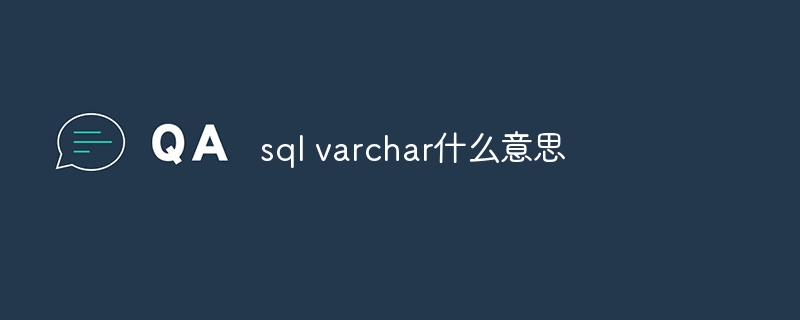
Course Introduction:VARCHAR是一种可变长度字符串数据类型,用于存储长度不固定的字符串,以提高空间效率。与CHAR相比,VARCHAR允许可变长度字符串,在空间上更有效,但性能可能不如CHAR。使用VARCHAR时,应考虑字段的最大长度,避免过长的字段,并对字段进行适当的索引以提高查询效率。
2024-06-12 comment 0195